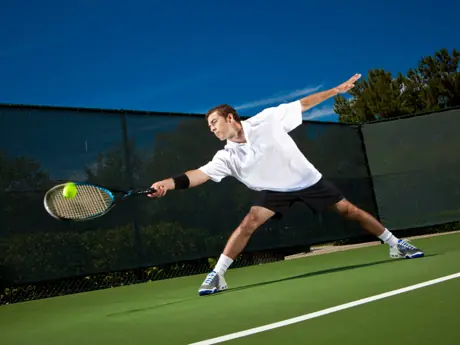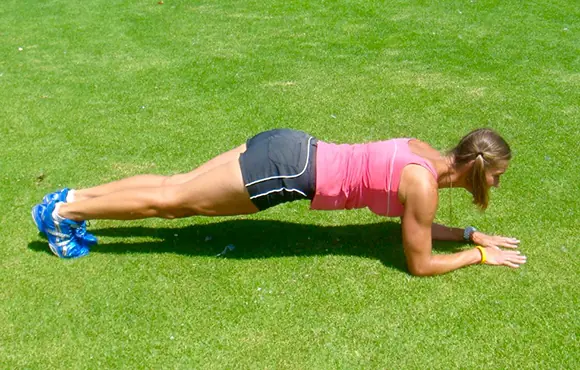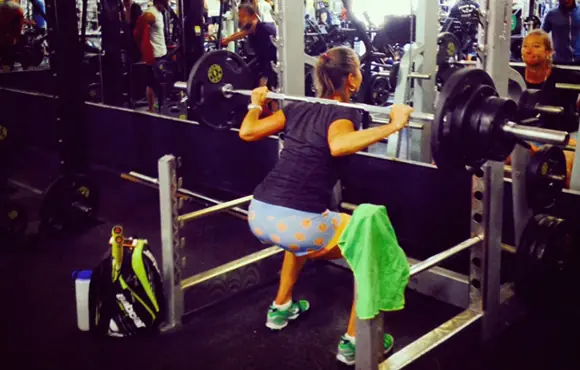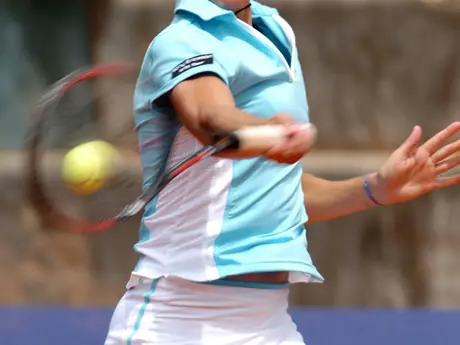
Your entire body's muscular-skeletal segments work together in unity to create functional movements. If any segment doesn't work optimally, the entire chain suffers and further problems or injuries may occur.
More: No. 1 Exercise for More Powerful Tennis Strokes
The older athlete you are, the more distinct these issues will be. If you are a young athlete, you'll find yourself in the same position as your older counterpart if you don't take care of your body now.
Ask yourself the following question to determine your muscle stability:
- Can you stand and balance on one foot?
- Can you move through space in full range of motion?
- Can you squat deep with control?
Sedentary people develop certain weaknesses problems and active people develop other ones. Often, athletes have a combination of both. They are intensely active for a part of the day and then sedentary as they recover, work, or study.
More: Best Exercise to Relieve Hip Pain
Below are the nine common problems experienced by athletes, who also spend a fair amount of time sitting, and recommendations for correcting them.
- Feet muscles are weak and not functioning correctly thanks to poor footwear and to being neglected in the exercise regimen. Correction: strengthen the intrinsic feet muscles
- The ankle complex is often stiff with poor mobility, thanks to tight calf muscles. Correction: Myofascial release and increase mobility.
- The knee complex is often weak, such as inward-buckling knees during landing or running, and can cause serious overuse problems and degeneration in the future. Correction: Strengthening and increased stability.
- Lower back (lumbar and sacral area) is weak. Correction: Improve its stability and motor control, or your body will compensate with stiffness from mechanical stress.
- Upper back (thoracic area) is often stiff and inflexible because of poor postural and lifestyle habits with head forward and slouching posture. Correction: Improve flexibility of your upper back.
- Neck (the lower part) is weak from poor postural habits with rounded shoulders and forward protruding head. Correction: Strengthen the neck area to add more stability.
- The scapular area is often weak. Correction: add extra stability.
- The shoulder joint is tight. Correction: Improve flexibility and mobility.
- 1
- of
- 2
About the Author









Discuss This Article